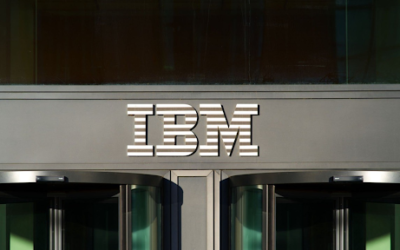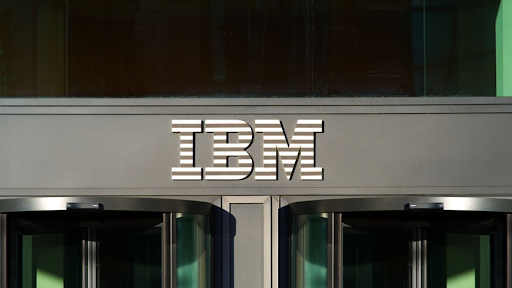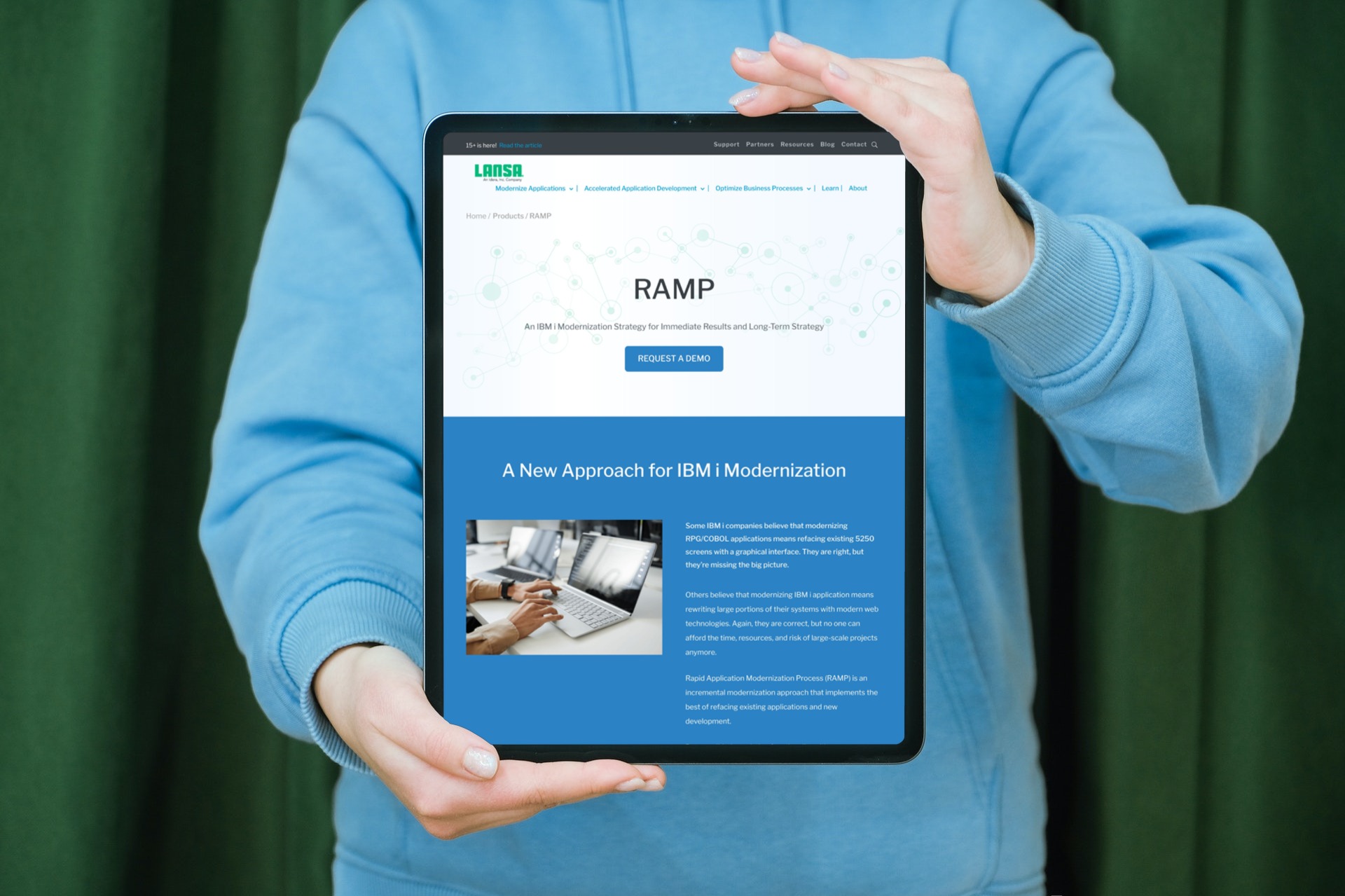Due to recent changes in market conditions caused by coronavirus, enterprises running on IBM i platforms need to adapt to the “new normal.” For most, this involves investing in the right IBM i modernization tools to keep up with evolving customer expectations and ultimately drive digital transformation initiatives.
However, industry demands to develop and deploy business solutions faster, integrate modern technology and provide web-based rich user experiences, all under limited budget conditions, weigh heavily. Therefore, are looking to Artificial Intelligence (AI) APIs to get the most out of their investments.
AI APIs play a crucial role in enabling organizations to revamp existing IBM i modernization tools. In other words, by adding the right APIs to your IBM i applications, you can supercharge your modernization strategy and ultimately increase ROI.
In this article, we’ll show you how. But, before we dive in, let’s get some definitions out of the way.
What Are AI APIs?
Artificial intelligence APIs allow users to integrate different AI and machine learning techniques into their applications. In this case, their IBM i applications. AI APIs can enhance many business functions. Some use cases are language detection, face recognition, and data scraping. Adding APIs to existing applications allows you to extend IBM i data and functionality to other applications or outside users. What’s more, this process can also modernize your legacy systems, decouple internal systems, enhance user and customer experience, and ultimately boost ROI.
There are different categories of API architecture – REST, RPC, and SOAP. However, our focus is on REST APIs. This is due to the increasing need for web-enabled IBM i applications. REST APIs are application programming interfaces (API) that support interaction with RESTful web services. They use HTTP requests to rapidly access and move data. They are popular among developers due to their versatility as well as the fact that they do not require additional applications or libraries.
Which AI APIs Can You Add to Your Existing IBM i Applications
There are many powerful AI solutions you can integrate into IBM i applications and business solutions using REST APIs. Here are a few:
Inspects texts and identifies the prevailing emotional opinion.
Detects and extracts information across a broad group of categories about entities in an image.
Compares two images and returns a value that tells you how visually similar they are.
Uses machine learning to clarify, sharpen, and upscale a photo without changing its content and defining characteristics.
Applies artistic style to an image quickly by pre-training on specific style examples.
Captions an image by labeling every object the model detects within the image.
Analyzes images and videos to detect the presence of adult content, hate symbols, guns, and offensive words.
Allows you to colorize black and white images or videos.
Note that these are just several examples of available third-party APIs that allow you to integrate powerful AI capabilities into your apps and tools. However, the real question remains: how do you implement these AI APIs in your IBM i applications?
How Can You Add AI APIs To Your IBM i Applications?
Visual LANSA makes Implementing REST APIs easy and accessible for everyone, especially small and medium organizations. This is because Visual LANSA is a powerful low-code development platform that enables accelerated application development by simplifying processes while also minimizing the technical skills needed to develop apps.
Here’s an example of how easy it is to implement APIs with Visual LANSA.
Executing the Google Geocode REST API from within Visual LANSA
Define_Com Class(#XPRIM_HttpRequest) Name(#Req)
Define_Com Class(#XPRIM_RandomAccessJsonReader) Name(#Reader)
#Req.DoGet Url('https://maps.googleapis.com/maps/api/geocode/json?...')
* Check if request is successful
If (#Req.Response.IsSuccessHttpStatusCode)
* Set the JSON reader source for response from the HTTP request
#Reader.SetSourceHttpResponse HttpResponse(#Req.Response)
* Navigate to the 'location' object (containing the 'lat' and 'lng' values)
* We'll specify a navigation path to navigate to the 'location' element
* Names and indexes in a path are separated by forward slashes
#Reader.BeginObjectWithPath Path('results/1/geometry/location')
* Get the latitude and longitude value
#Latitude := #Reader.ReadNumberWithName('lat')
#Longitude := #Reader.ReadNumberWithName('lng')
* Close "BeginObject" with "EndObject"
#Reader.EndObject
Endif
To make this task even less challenging for organizations and teams, read the detailed and extensive documentation covering all the aspects of this process available for all Visual LANSA users.
Which LANSA Modernization Tools Support the API Calls Above?
LANSA has been helping enterprises with successful IBM i modernizations for decades, using its numerous IBM i modernization solutions. The following tools support the API calls above:
Rapid Application Modernization Process (RAMP)
RAMP is an incremental modernization approach that implements the best of refacing existing applications and new development.
By consolidating existing functionality with new capabilities inside RAMP’s application framework, you get the applications you want without having to throw everything away.
Here, modernization is performed in stages. You can introduce new functionality incrementally without a serious impact on business operations. RAMP also provides a consistent UI across all applications.
In addition, the RAMP application framework deploys as a Windows desktop or web browser application. The framework allows you to assemble applications from components built with RPG, Visual LANSA, Visual C#, .NET, and HTML pages, as well many more into a single application. You can even add in your aXes applications. This flexibility makes RAMP the perfect tool for combining applications created for short-term needs with applications created or being created for long-term goals.
We have a list of the most common and frequently observed reasons why organizations face IBM failures and how they can avoid them.
aXes
LANSA’s aXes is a unique solution that converts 5250 applications to web pages on the fly. It doesn’t require programming skills, and you certainly don’t need access to the source code. You simply install aXes on the IBM i, and your employees have secure access to their 5250 applications from any web-enabled device. This includes phones and tablets. What’s more, your end users generally don’t need to install anything on their devices. The work is all done on the IBM i. aXes is a simple but powerful solution for accelerating your IBM i digital transformation.
One of the benefits of leveraging aXes is the luxury of scaling. If you need to add mobile capabilities to your IBM i applications, you can do just that and add other functionalities as time allows.
Visual LANSA
This LANSA low-code development platform accelerates application development by eliminating the need to master the multiple technical skills normally required to produce software applications. With LANSA, only a single skill needs to be mastered to build applications across all different mobile devices, browsers, and servers, as well as cloud platforms.
Here are more ways this tool can make your job easier:
- Visual LANSA contains a full-stack language, WYSIWYG designer, and one-click deployment for all form factors to accelerate your app development process.
- Visual LANSA’s application framework, which includes live prototyping, prebuilt navigation, auto-generated search filters and detail panels, user-access security, and a lot more, allows you to generate consistent, high-quality enterprise applications with minimal coding.
- This tool allows you to integrate your existing data and assets with everything directly, whether the objects are in the cloud, on-premises, or on a local device, server, or workstation.
LANSA Composer
LANSA Composer is a solution for automating and integrating business processes. Its features include transport, data transformation and mapping, process orchestration, and administration. LANSA Composer decreases development time by including a set of ready-made activities that most companies need for business process integration. You simply assemble business processes. In addition, assembling a process is much faster than writing program code to manage the process. Finally, it supports various client platforms: web/mobile browsers (ChromeⓇ, FirefoxⓇ, SafariⓇ, IE 11+), native or hybrid mobile apps (iOS, Android, Windows), and Windows desktop clients.
Are You Ready to Revamp Your IBM i Modernization Tools?
In a widely interconnected and fast-paced world, APIs are the digital reflection of an organization. Therefore, more and more IBM i users are increasingly implementing APIs in their application development strategies. Consequently, it is essential to have an easy implementation technique. Visual LANSA allows users to add AI APIs to both existing and new applications easily. Also, with tools like aXes, RAMP, and LANSA composer, you can modernize your IBM i applications, improve business processes, and ultimately increase ROI.
For more information on how you can revamp your IBM i modernization tools, contact us.























